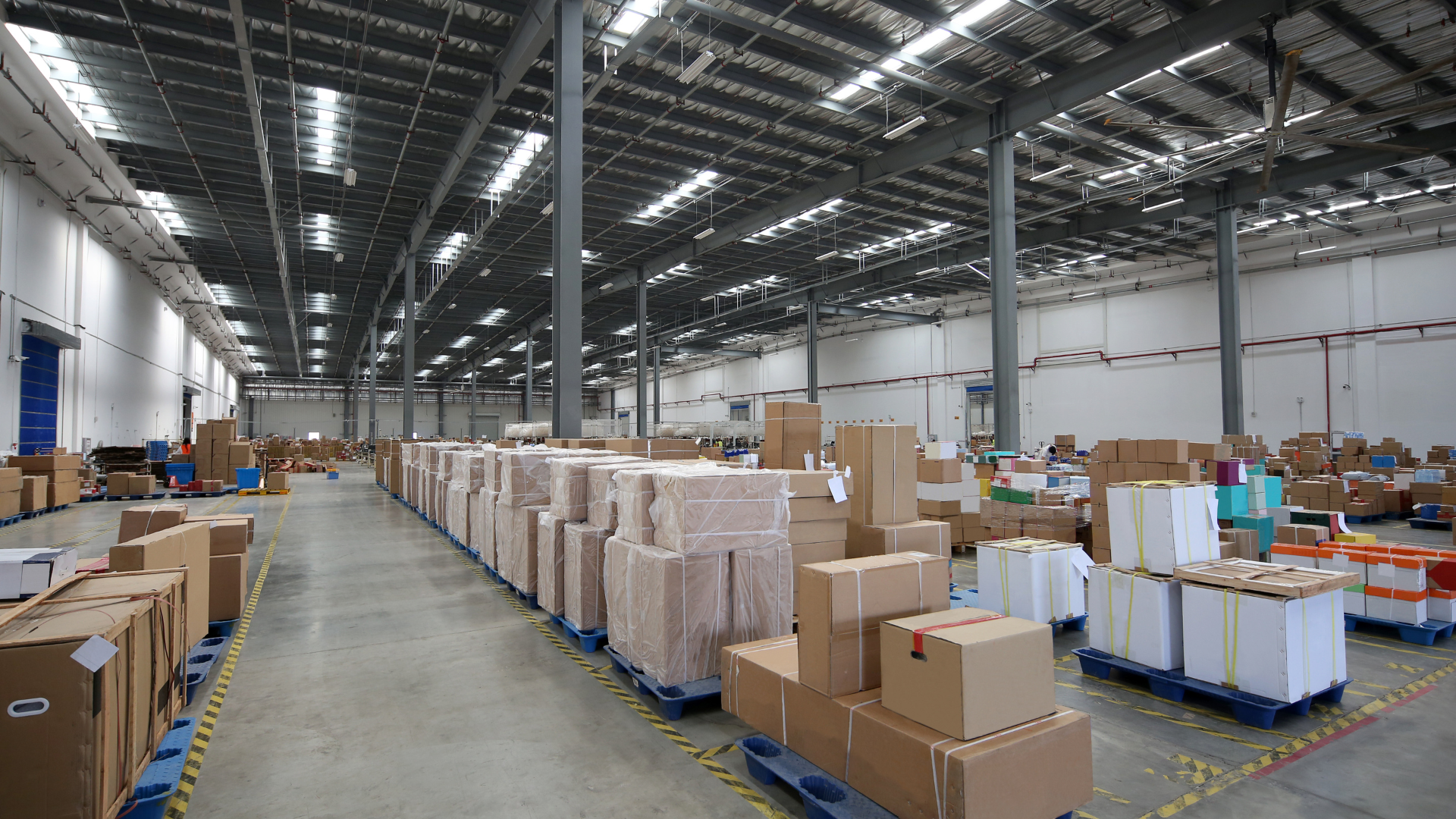Productivity suffers when temperature, humidity, air quality, and ventilation problems occur at your warehouse. Employees become ill, and they take longer to complete projects. Sometimes, the problem can be fixed by simple fixes like closing cabinet doors or installing exhaust fans. However, when the problem is more severe, like poor air quality, disposable approach isn’t the best route.
Warehouses are not only the largest industrial buildings but also some of the most hazardous environments one can be in. Typically, they house dangerous and flammable materials, making them one of the most dangerous buildings that a worker can walk into. Luckily, there are certain precautions you can take to avoid injuries. One way to protect your workers is proper warehouse ventilation. This blog will go over how proper ventilation will keep your warehouse a safer place for your workers.
Remove hot air during the day.
Warehouses often require the most ventilation out of any commercial business, and the typical exhaust or attic-mounted fans don’t provide enough ventilation to keep employees safe. Employers can use the heat recovery ventilation (HRV) system to have adjustable and controllable temperature-controlled airflow. With the addition of ducts and fans, air distribution is greatly improved, maximizing the airflow and efficiency of the facility. Additionally, to ensure the place isn’t accumulated with air pollutants, you can hire service provider who does commercial indoor air quality testing in the Pasadena region or near your locality. If you find that the indoor air quality is poor, call the professionals to solve this.
Turn off the source of the heat.
The leading cause of worker deaths from heat-related injuries is failing to maintain or install equipment designed to keep workers safe properly. In fact, according to OSHA, portable heaters are the leading cause of worker deaths from heat stress. This includes malfunctioning or improperly installed ceiling or wall fans, exhaust fans, heat-producing equipment, and space heaters. The best way to address these hazards is by starting with a hazard assessment. That’s why all the heat sources should be turned off in your workplace.
Take advantage of the cool air at night.
Warehouse ventilation is a hot topic these days. When it’s hot outside, cooler temperatures in the work area can be a welcome relief. And when the weather starts to cool down, you can experience energy loss (and productivity loss) if your warehouse ventilation isn’t up to snuff. So, what can you do to keep your warehouse cool and comfortable without increasing energy costs? The answer is simple: take advantage of the cool air at night.
Install destratification fans
Destratification fans use fans to circulate cool air in areas that are too hot for workers. Warehouses especially benefit from destratification fans since they help keep workers comfortable in the hot summer heat. But how do destratification fans work? There are three main fan types commonly used in warehouses: centrifugal, axial, and propeller. The wheel-type fans tend to be inexpensive, but they work best when airflow is uniform throughout a large area. The centrifugal fan, also known as a blower fan, offers the highest airflow, but it tends to be the most expensive. The propeller fan provides even airflow, but it’s the newest fan type on the market.
Control humidity
When we talk about warehouse ventilation, it’s not like we’re talking about bringing in cool air from the outside-it’s about controlling humidity because it affects productivity. And research indicates that poor air quality, including temperature and humidity, can result in job strain and job dissatisfaction in employees, as well as increased illness. Besides, humidity can also give rise to mold growth, which can potentially damage the property as well as the products stored in it. If you are interested, you can learn more about mold remediation from the experts in Boise Idaho here. This can help you take preventive measures to avoid damage.
Deal with fumes
Warehouses and many different facilities and businesses use fume hoods to reduce workplace exposure to harmful substances. These hoods can take many forms, including freestanding and wall-mounted hoods or hoods built into laboratory benches. The airflow capacity of a fume hood is determined based on the type of chemicals used, the airflow rate, and the air quality inside the hood. The air quality inside the hood is critical for correct operation and is usually maintained through a continuous supply of fresh, filtered air. Some instances of handling toxic fumes may involve the workers having to use a papr respirator or a similar mask gear to protect themselves from the toxicity. This usually comes into picture in case of spills or moves of any toxic chemicals or substances.
Improve indoor air quality
Warehouses and supply chain establishments may have tons of machines and equipment, which may release various air pollutants in the indoor atmosphere. Additionally, since the warehouse may not get sunlight and have proper ventilation, there could be a chance of mold growth causing poor air quality. This can have a negative effect on staff health due to the dangerous and volatile fumes released from mold growth. To avoid severe health issues due to such allergens, you can look for a company providing commercial mold testing in the LA region or other locations so that you can provide a safe and healthy work environment to your workers. You can also improve indoor air quality by using industrial air purifiers.
Invest in insulation
Like any other business, a warehouse must invest in its employees by hiring and training them. Investing in employees includes providing them with a comfortable working space, a clean and safe environment, as well as amenities that help them perform their job more efficiently.
